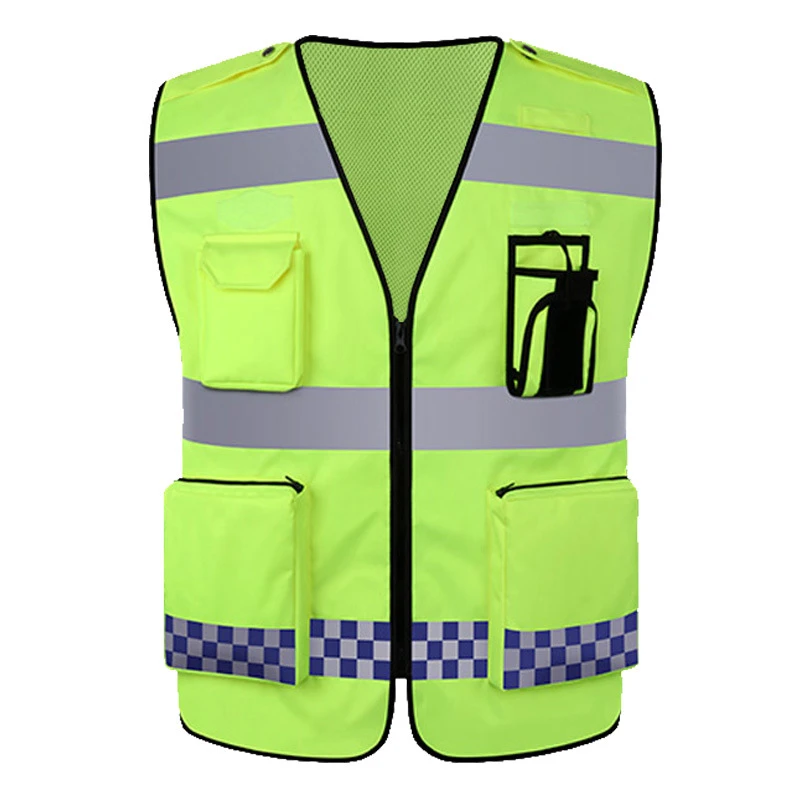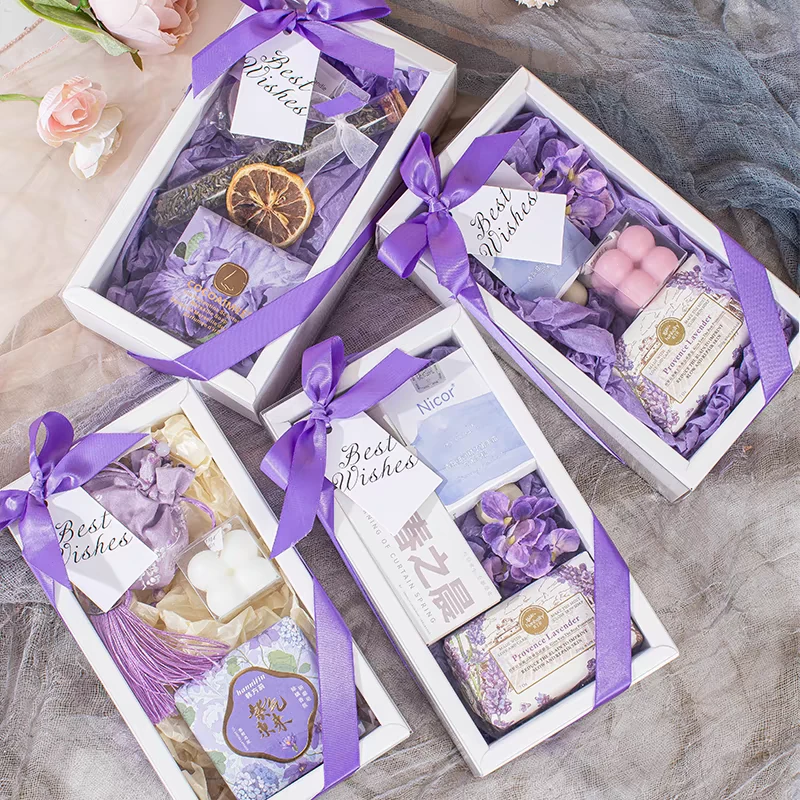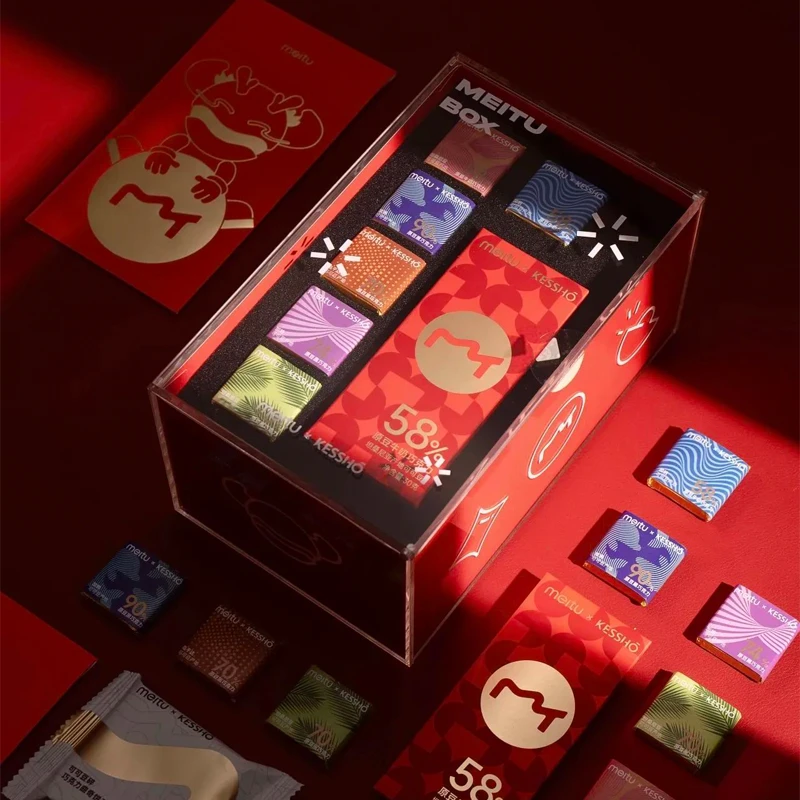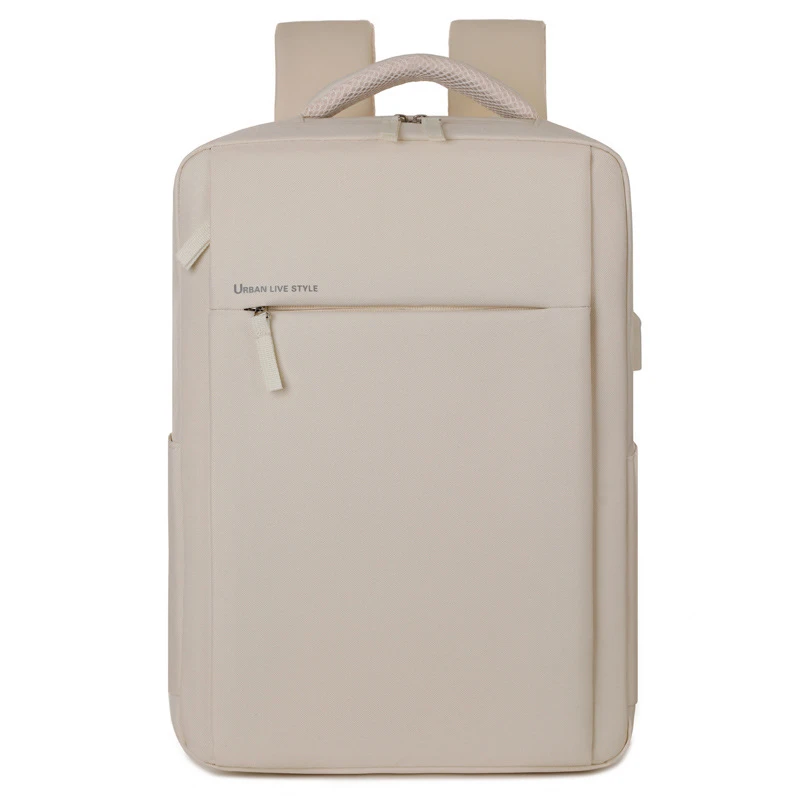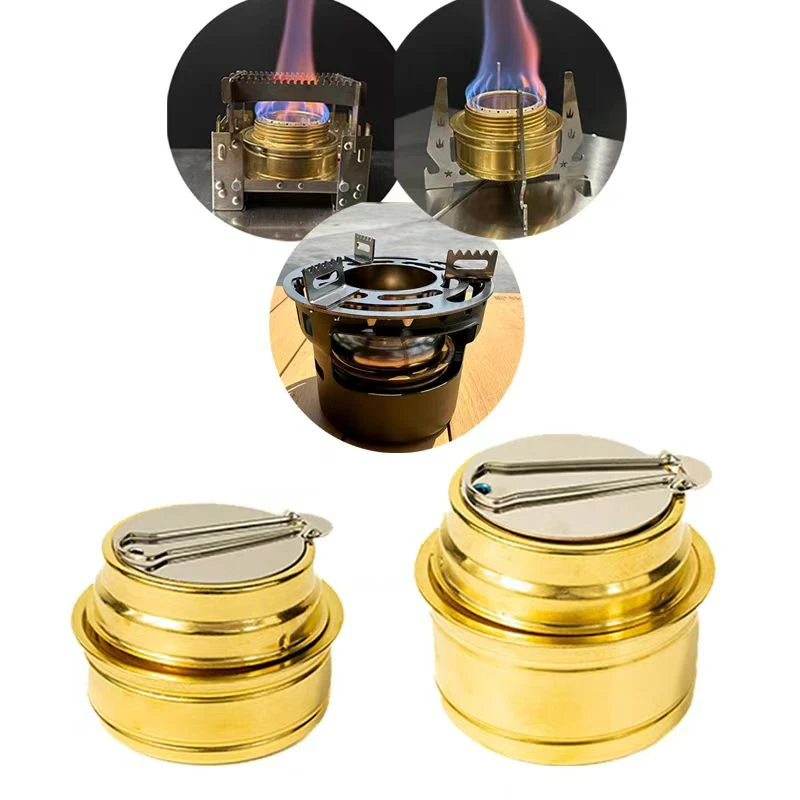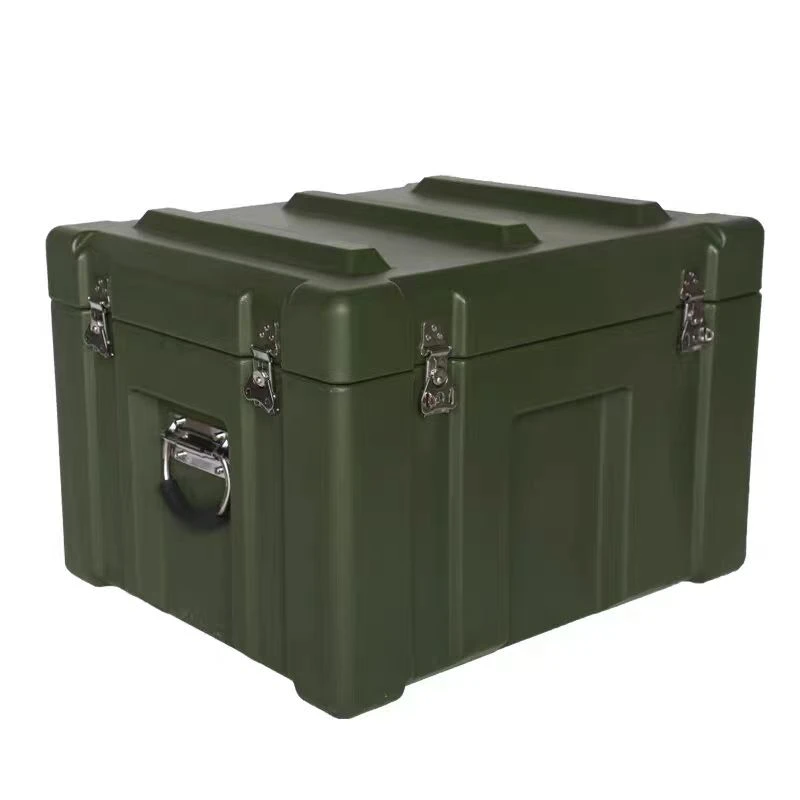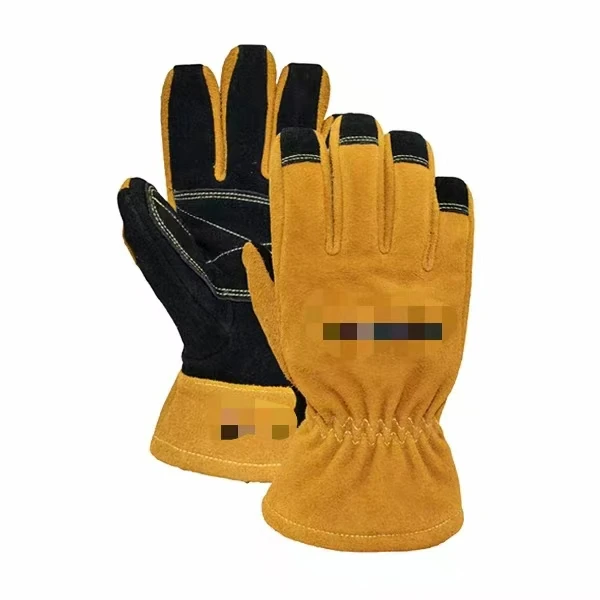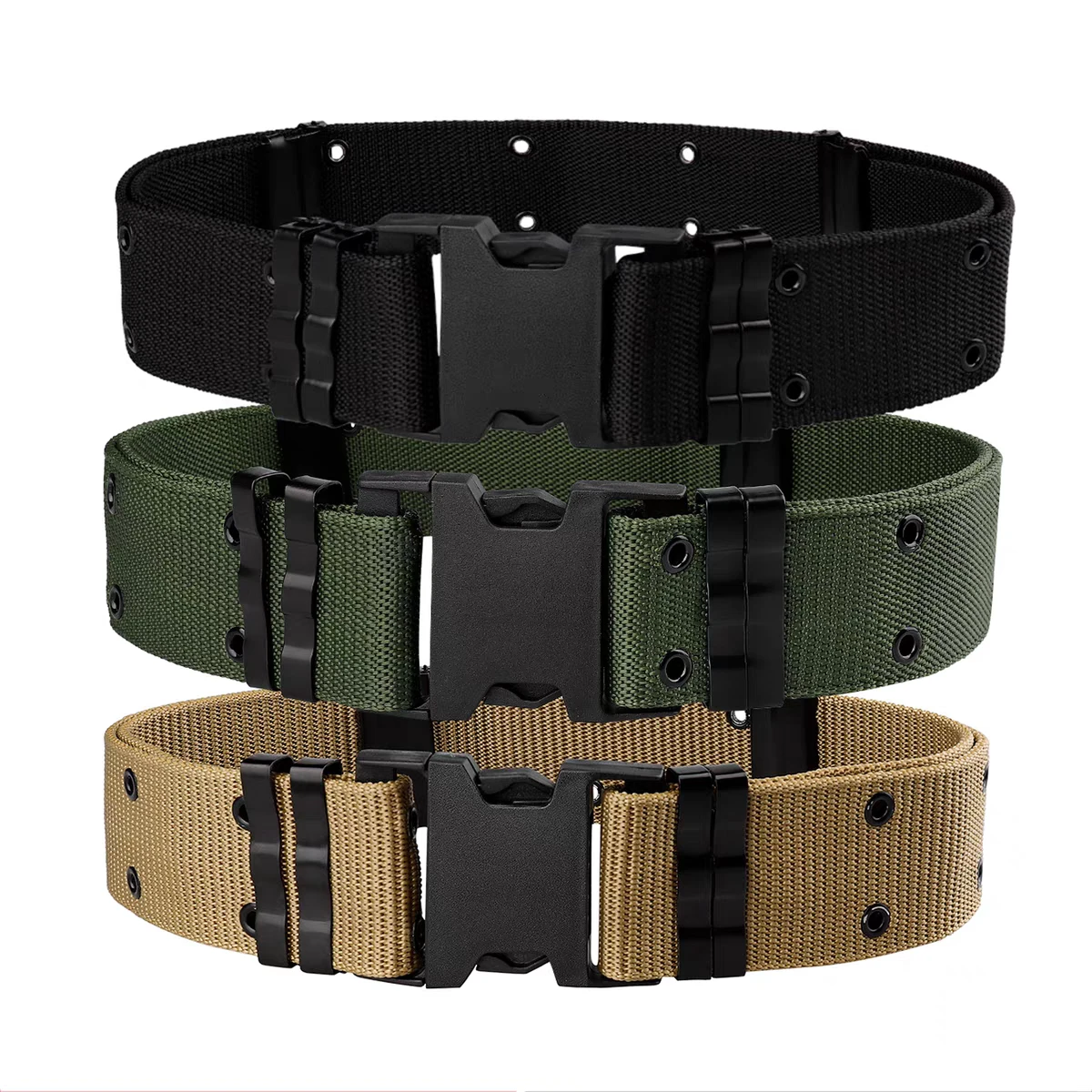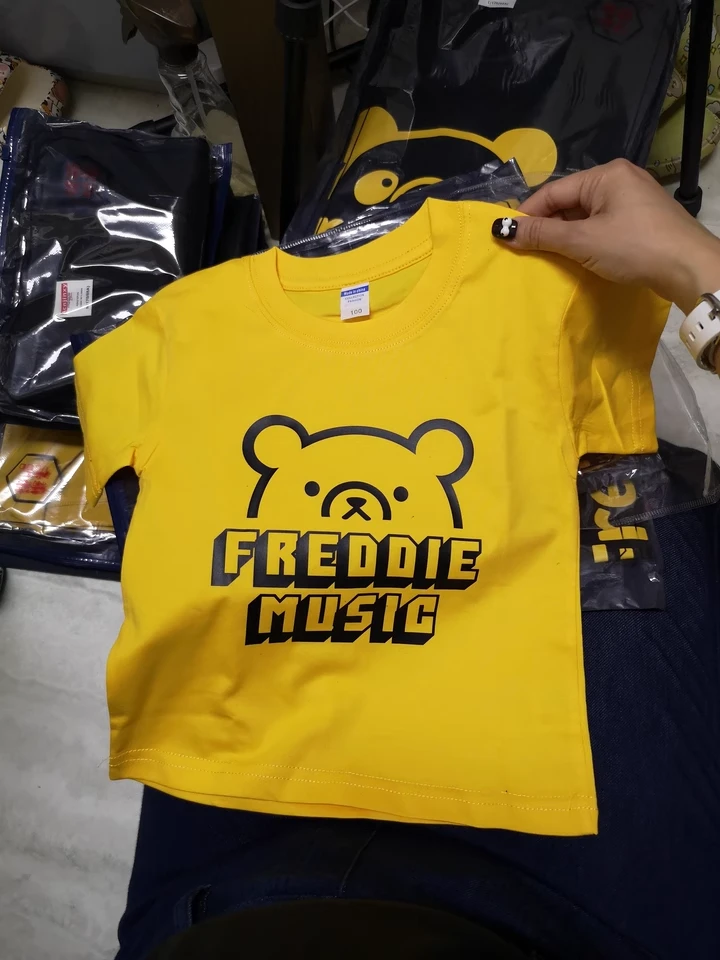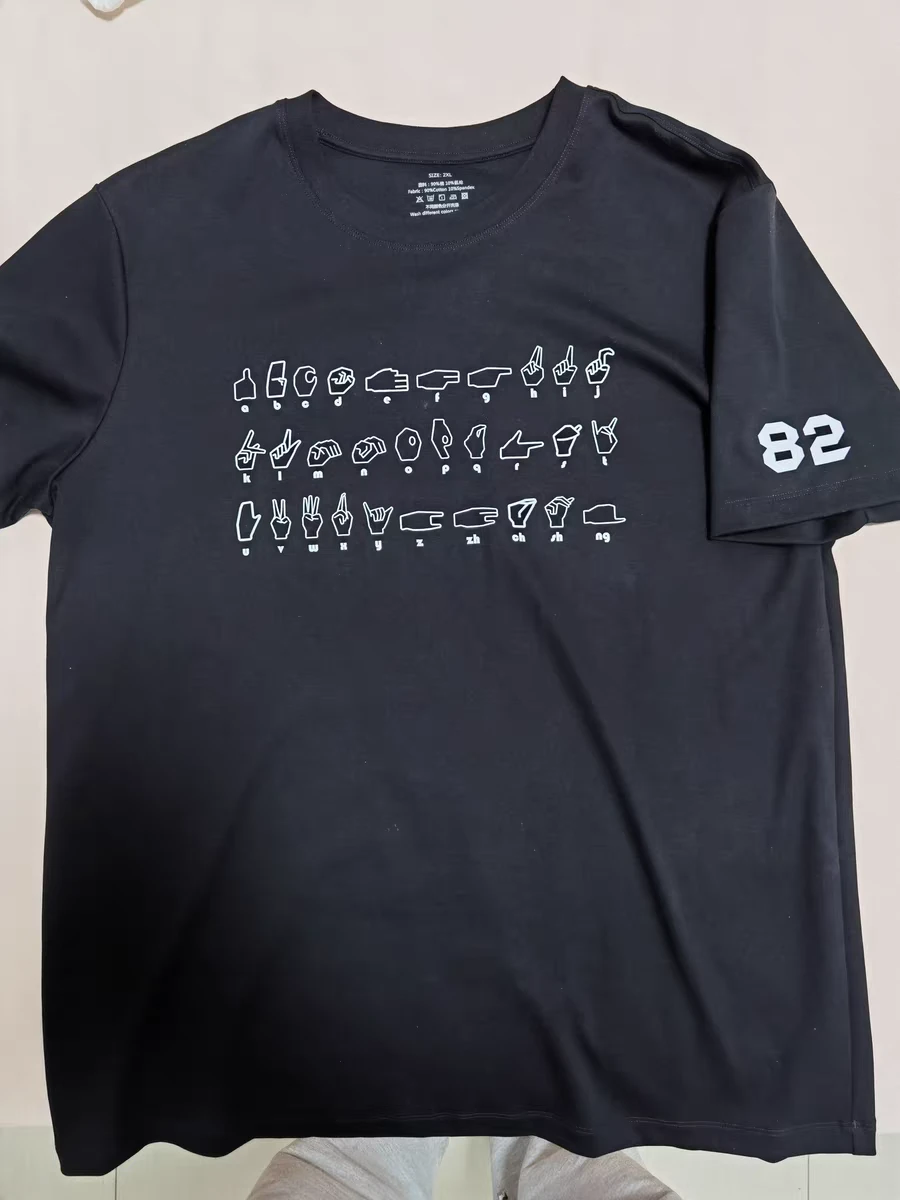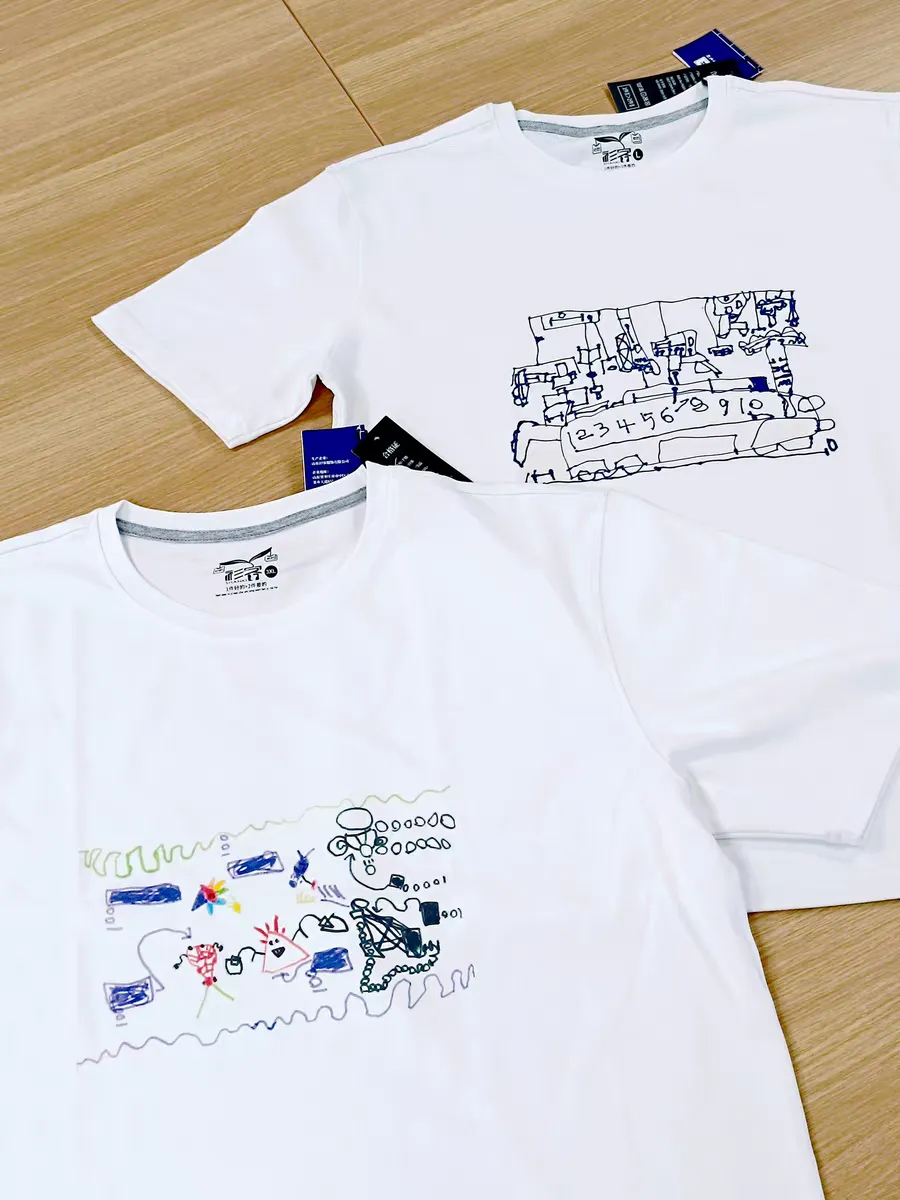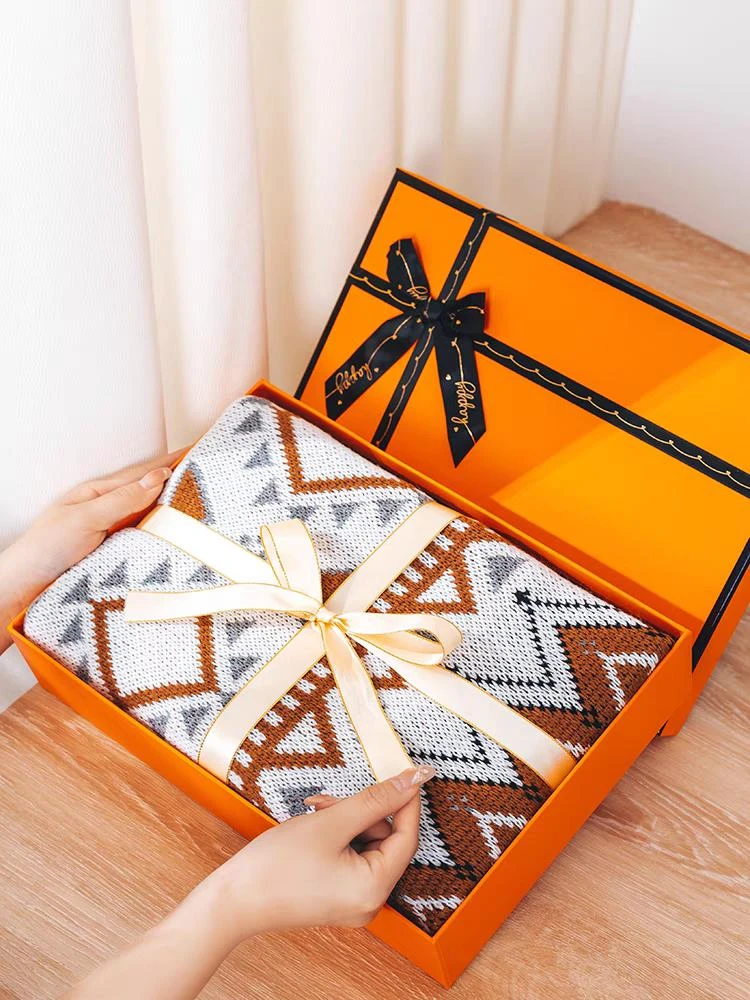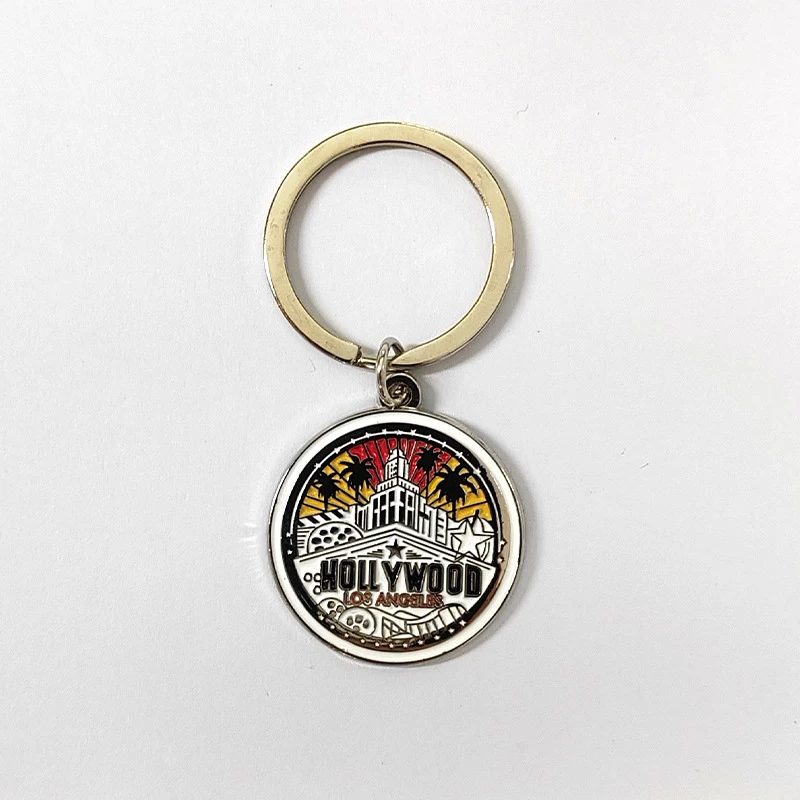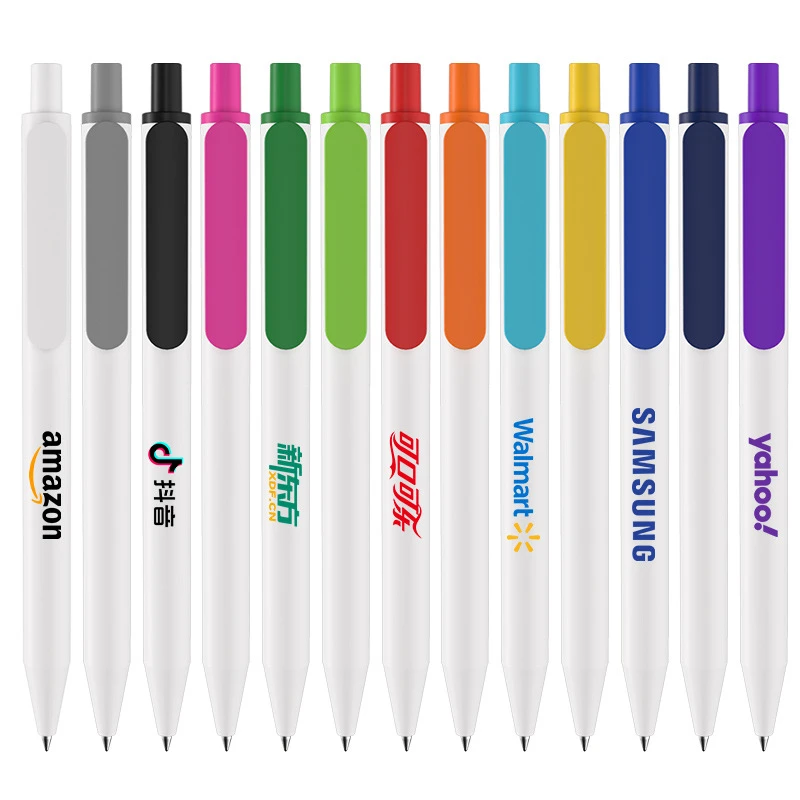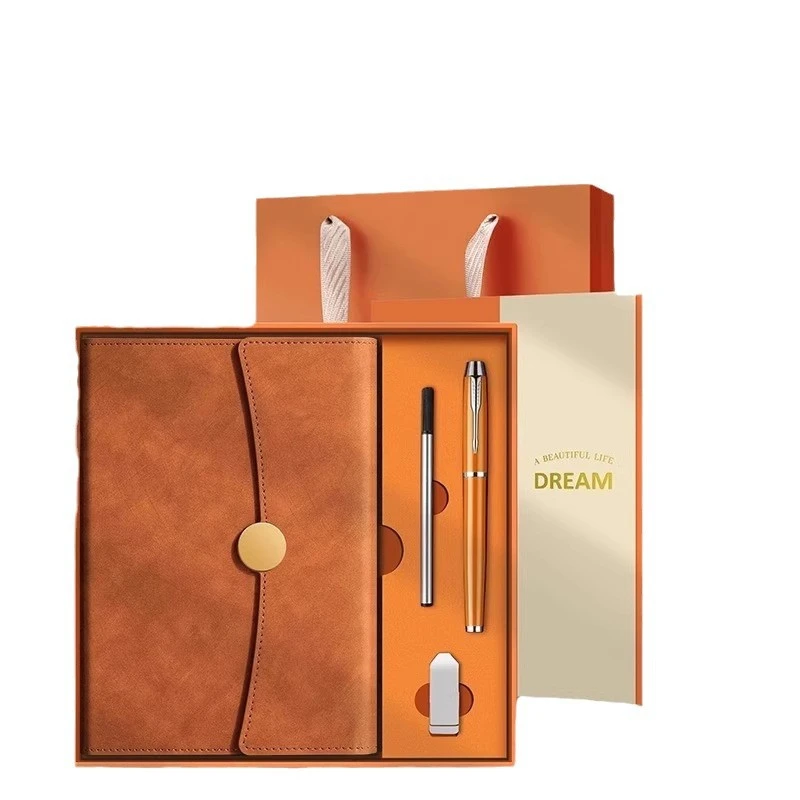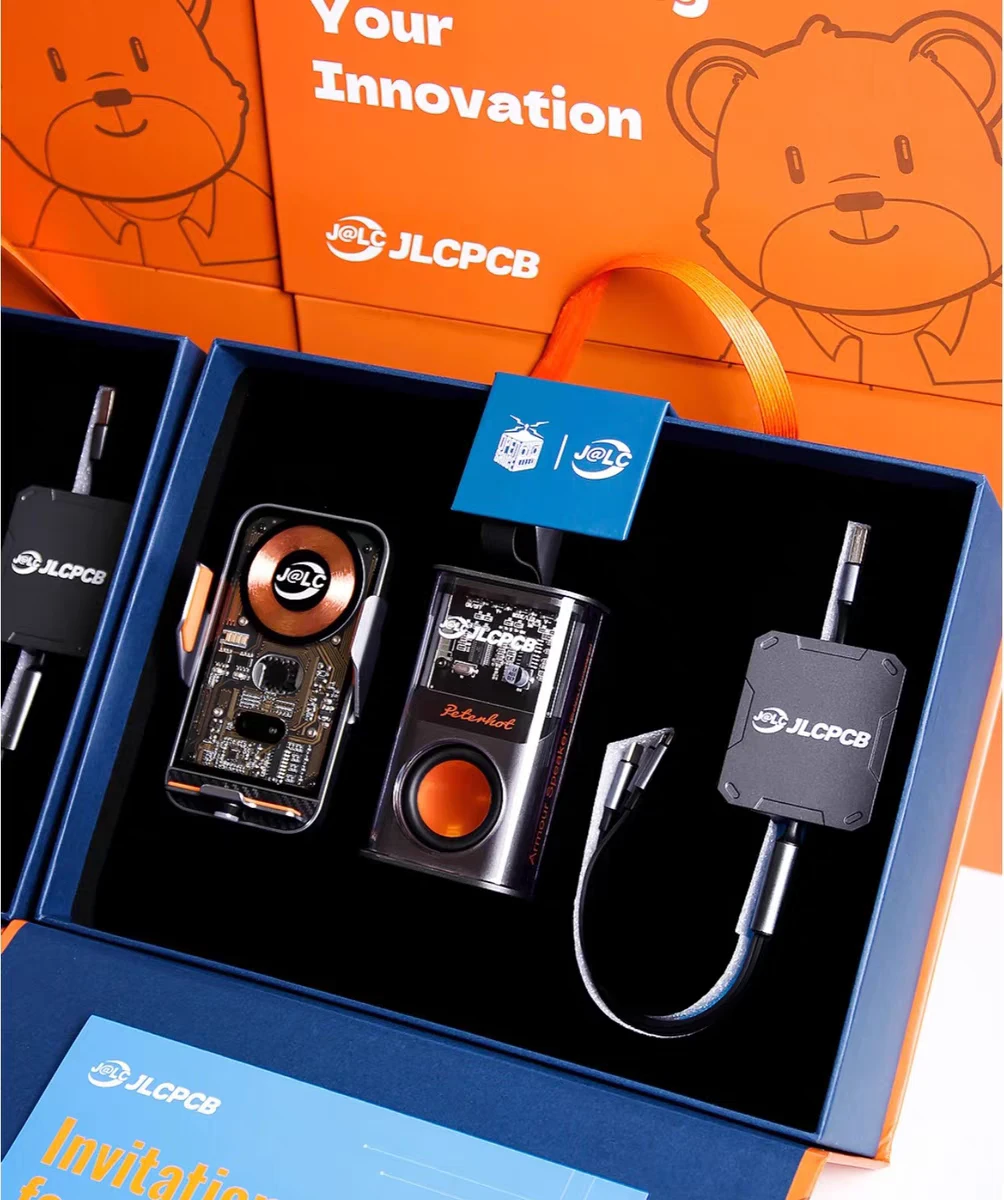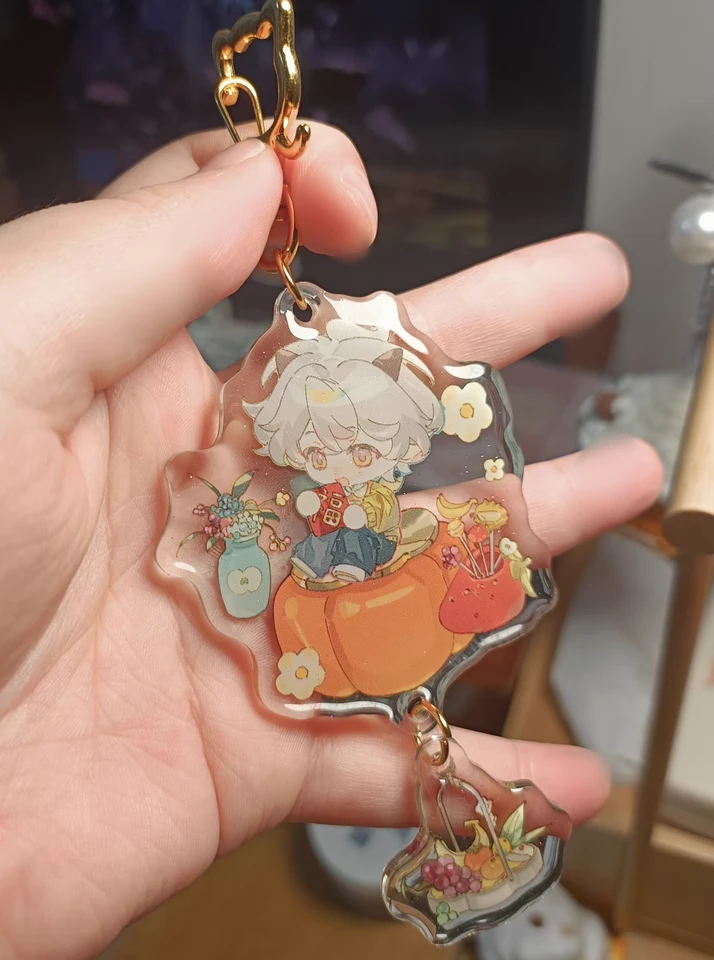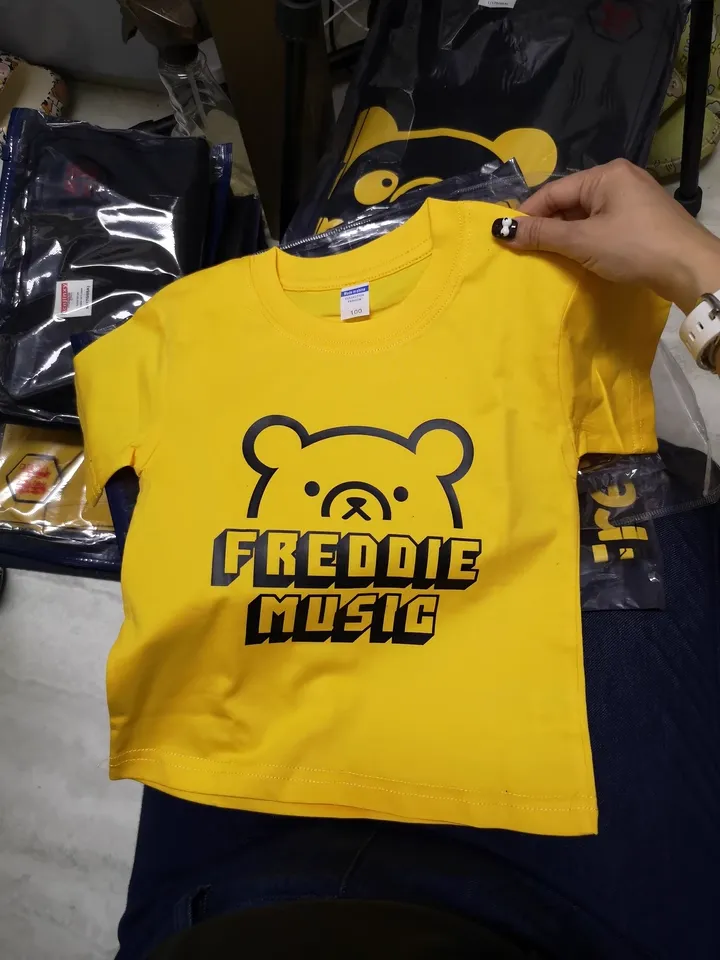Feb 14,2025
custom clothing packaging bags
Custom clothing packaging bags have become increasingly significant in today's competitive retail environment. Their role transcends mere protection and aesthetics; they serve as a physical extension of a brand's identity and ethos, influencing customer perceptions and purchase decisions.
From a practical standpoint, operational efficiency can be significantly impacted by the choice of packaging. Lightweight, stackable designs can reduce shipping costs and improve logistics, an area where expertise and experience can drive significant business benefits. Moreover, the use of innovative materials, such as water-soluble films or compostable plastics, not only reduces environmental impact but also aligns with global sustainability trends and regulations. Furthermore, dynamic, customized bags can enhance brand visibility in the marketplace. With online shopping and social media platforms dominating purchasing trends, aesthetically pleasing packaging can serve as a powerful tool for user-generated content, where consumers showcase their purchases in haul or unboxing videos—a trend that brands can leverage to enhance organic reach and engagement. When considering developing or revamping custom clothing packaging, collaborations with experienced designers and material specialists can provide a fresh perspective, ensuring that the packaging aligns with the latest market trends and consumer expectations. Investing in research and development to explore new materials and technologies can also pave the way for innovative solutions that set a brand apart from its competitors. In conclusion, custom clothing packaging bags are more than just a container for garments; they are an integral element of a brand's marketing arsenal. By focusing on sustainable practices, functional design, and innovative technology, brands can craft a packaging experience that not only enhances the product's appeal but also strengthens the brand's market position, drives consumer loyalty, and promotes a sustainable future. Embracing these principles enables businesses to foster a trustworthy relationship with their customers while solidifying an authoritative presence in the market.


From a practical standpoint, operational efficiency can be significantly impacted by the choice of packaging. Lightweight, stackable designs can reduce shipping costs and improve logistics, an area where expertise and experience can drive significant business benefits. Moreover, the use of innovative materials, such as water-soluble films or compostable plastics, not only reduces environmental impact but also aligns with global sustainability trends and regulations. Furthermore, dynamic, customized bags can enhance brand visibility in the marketplace. With online shopping and social media platforms dominating purchasing trends, aesthetically pleasing packaging can serve as a powerful tool for user-generated content, where consumers showcase their purchases in haul or unboxing videos—a trend that brands can leverage to enhance organic reach and engagement. When considering developing or revamping custom clothing packaging, collaborations with experienced designers and material specialists can provide a fresh perspective, ensuring that the packaging aligns with the latest market trends and consumer expectations. Investing in research and development to explore new materials and technologies can also pave the way for innovative solutions that set a brand apart from its competitors. In conclusion, custom clothing packaging bags are more than just a container for garments; they are an integral element of a brand's marketing arsenal. By focusing on sustainable practices, functional design, and innovative technology, brands can craft a packaging experience that not only enhances the product's appeal but also strengthens the brand's market position, drives consumer loyalty, and promotes a sustainable future. Embracing these principles enables businesses to foster a trustworthy relationship with their customers while solidifying an authoritative presence in the market.
NEXT:








